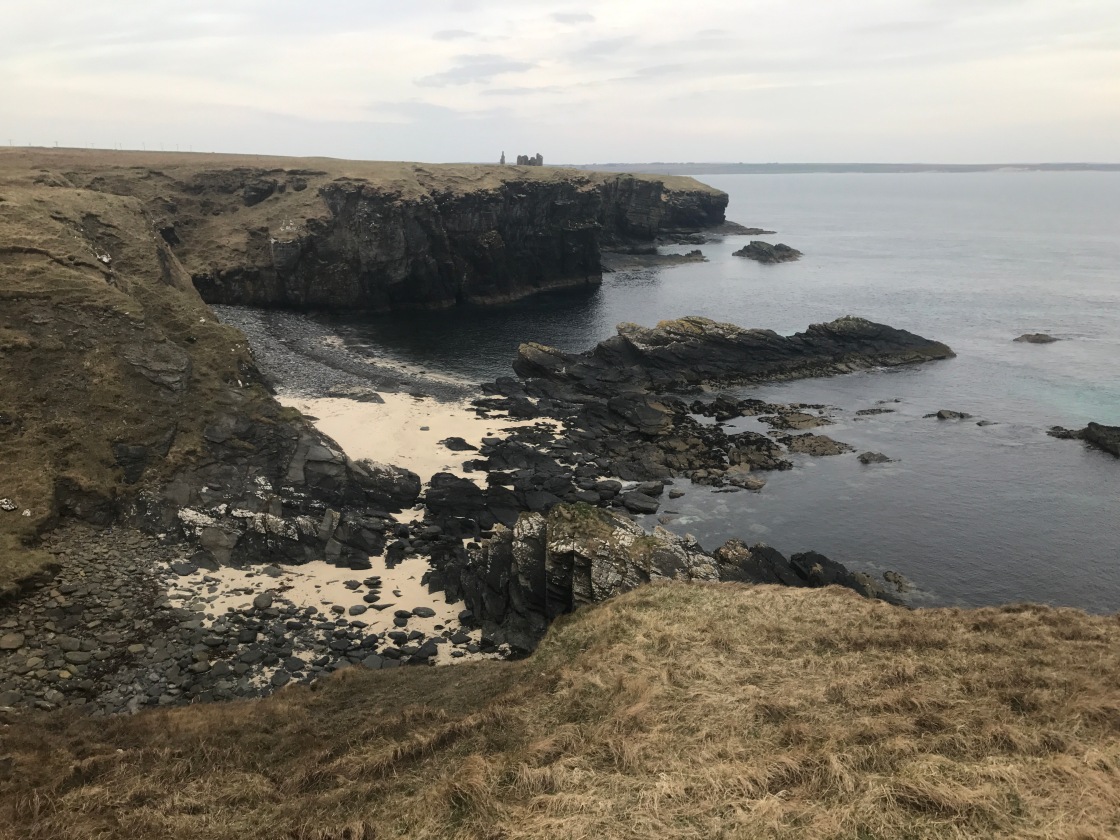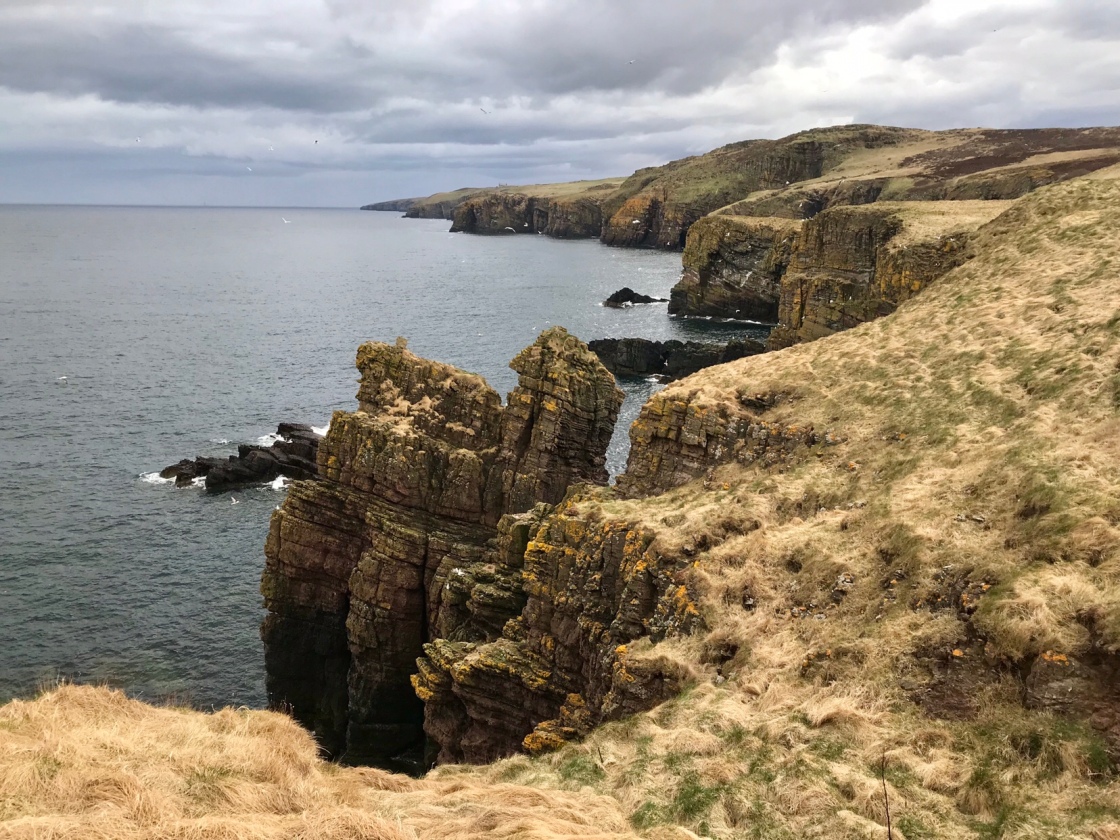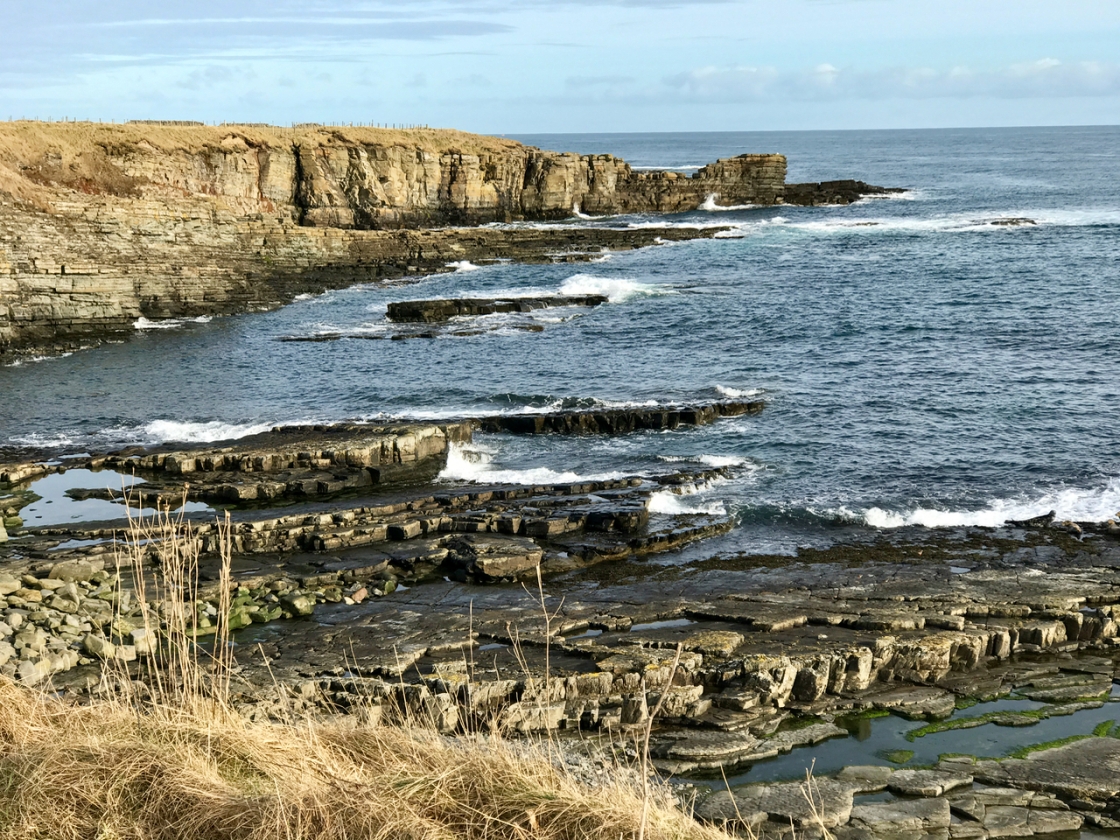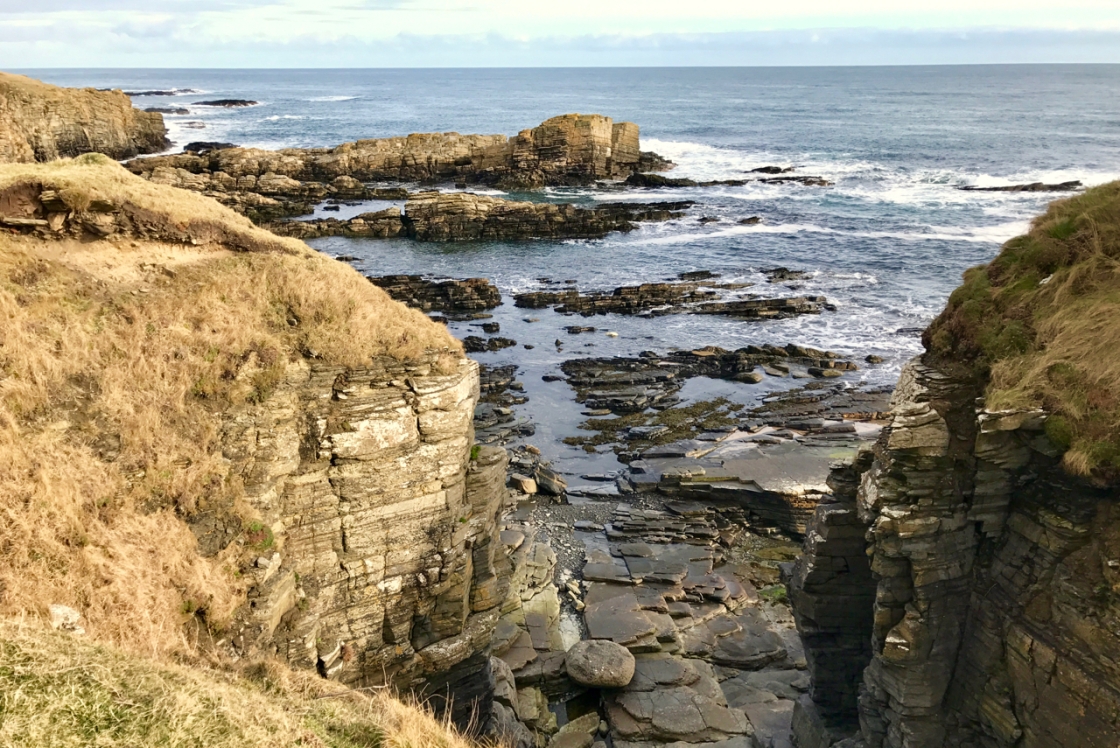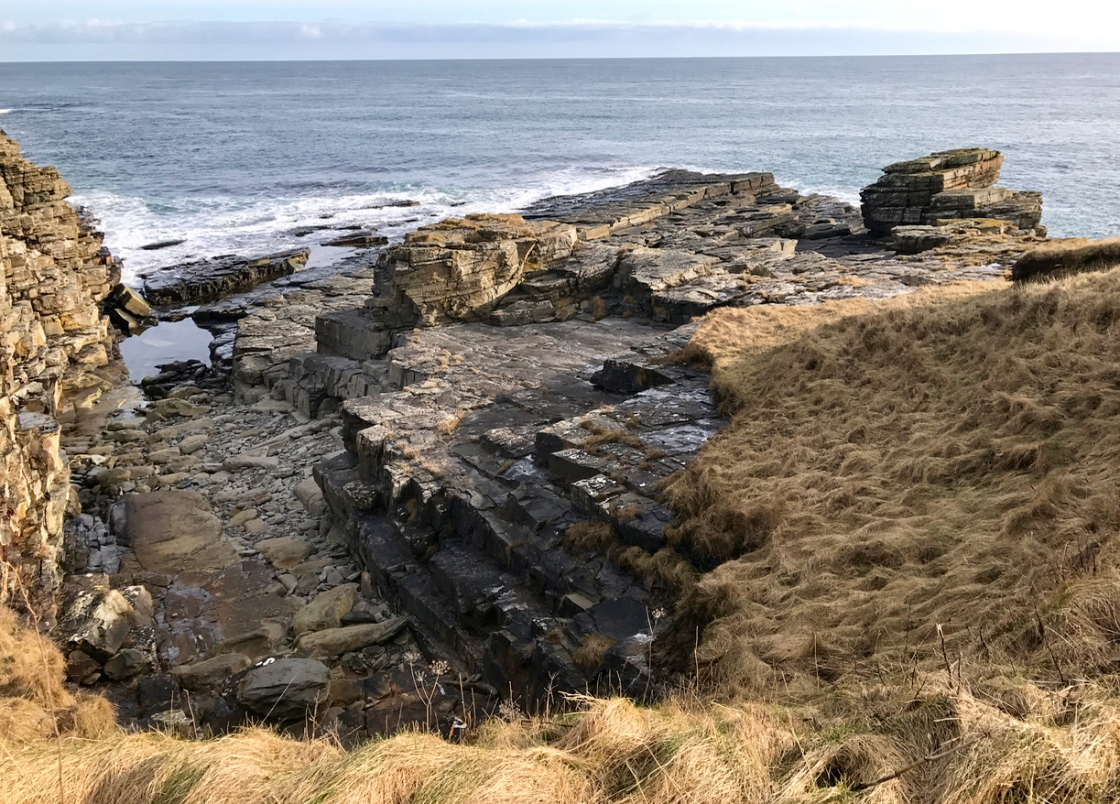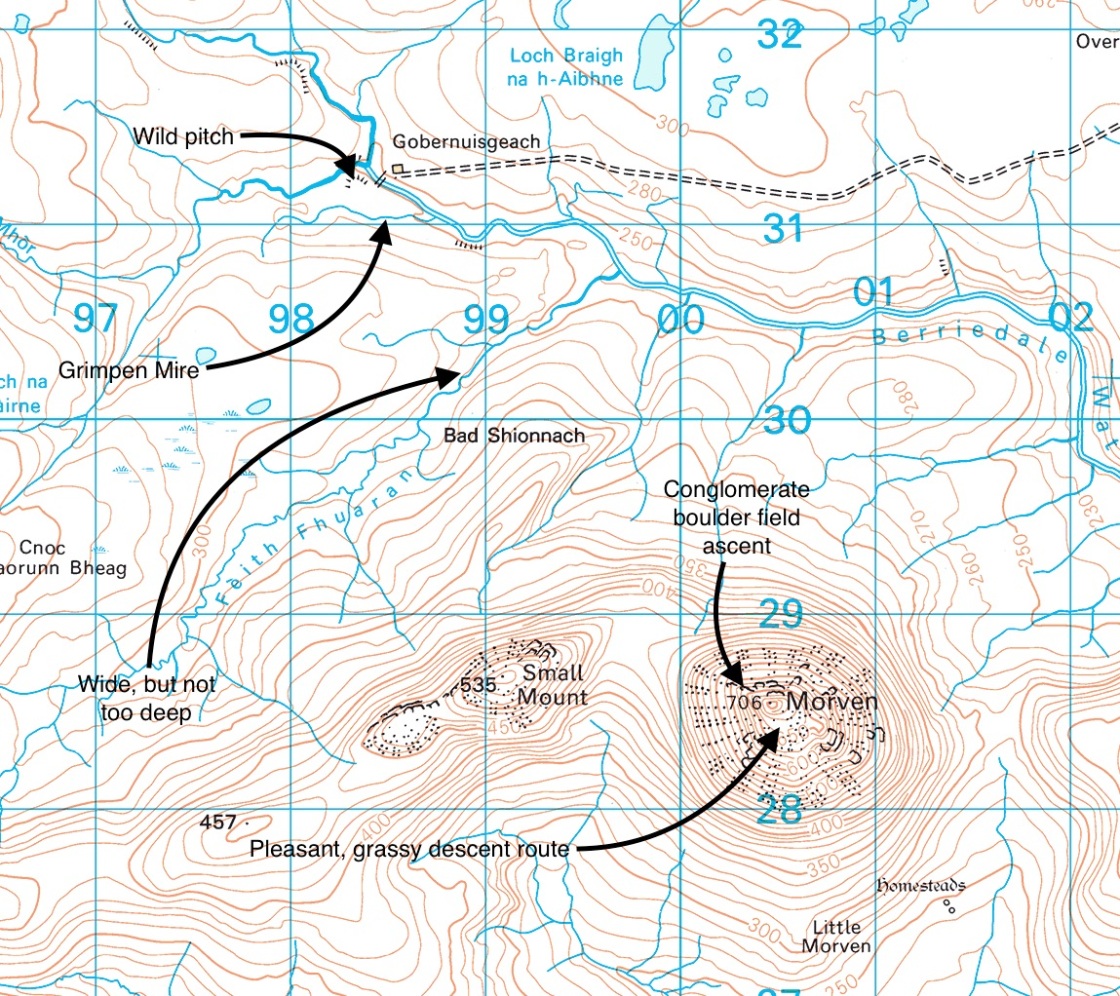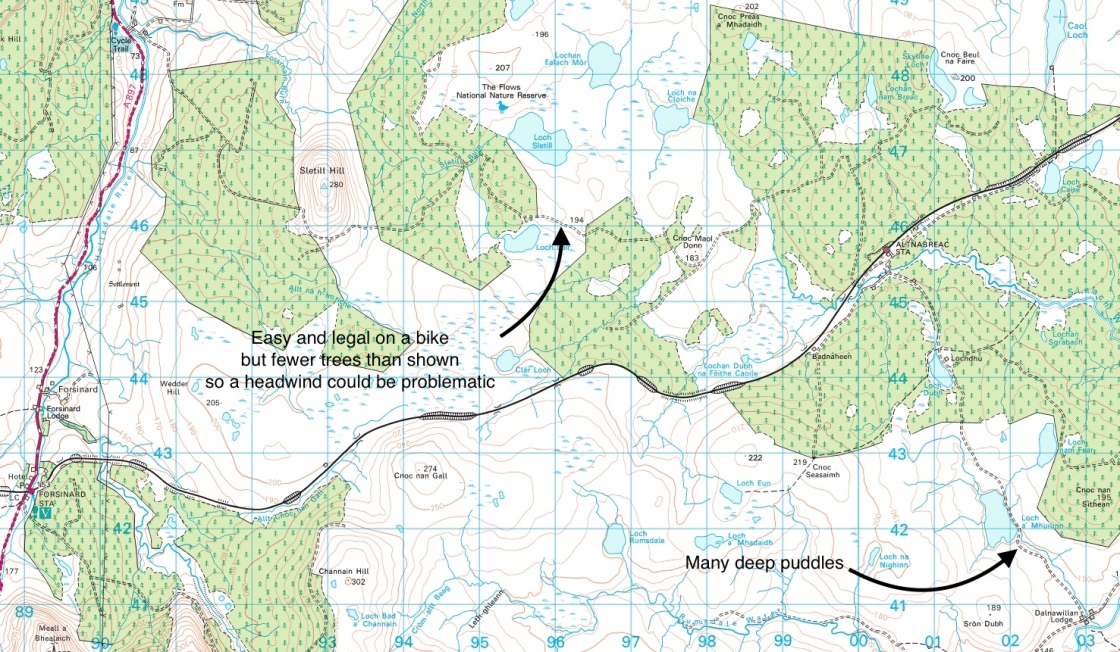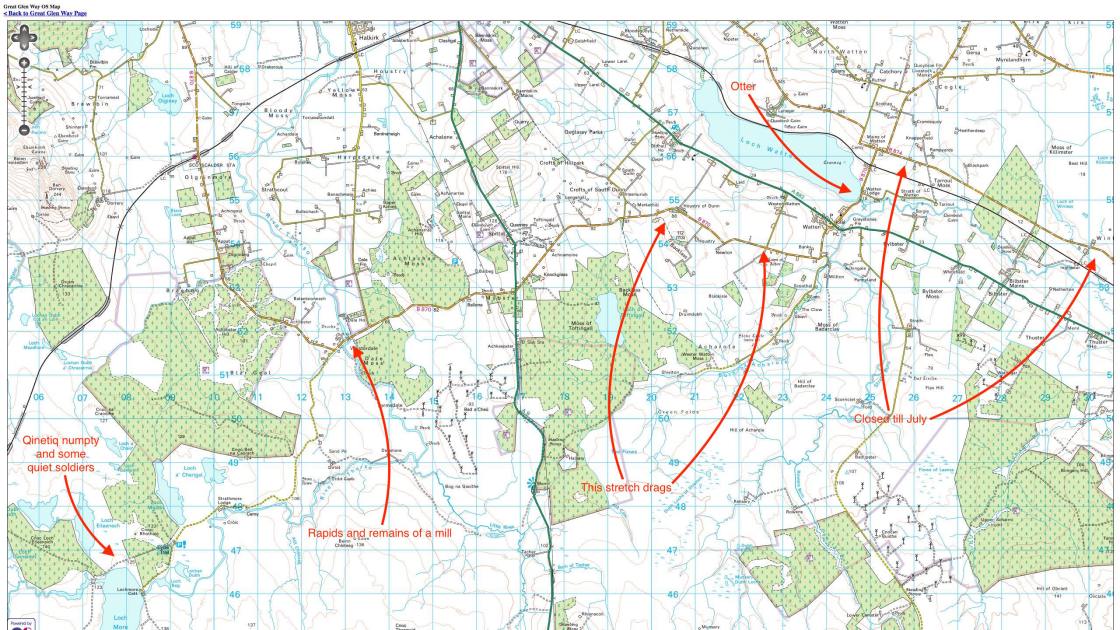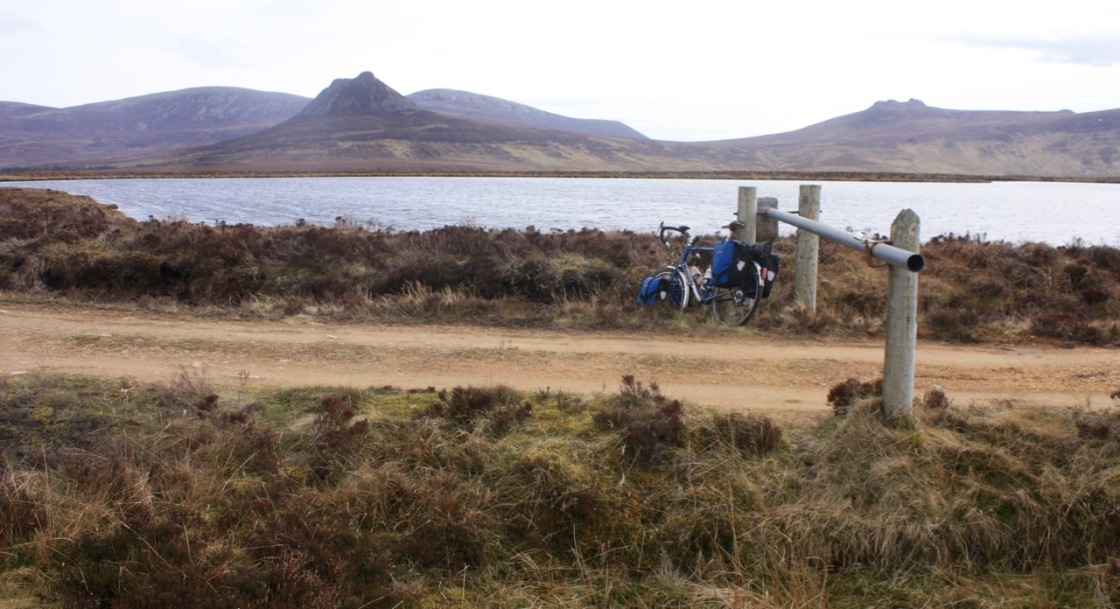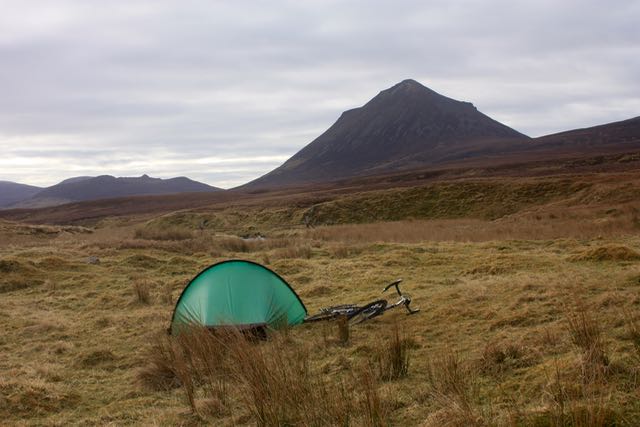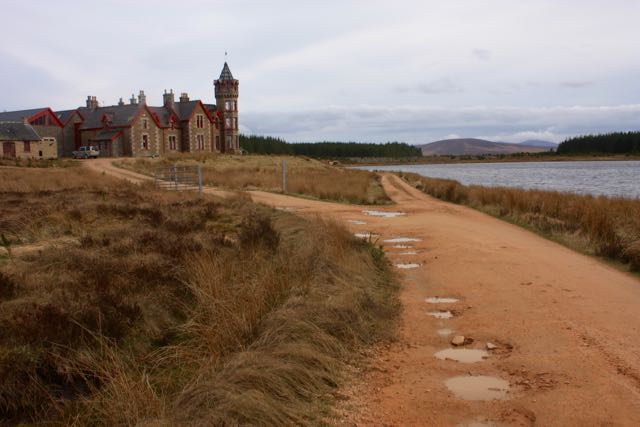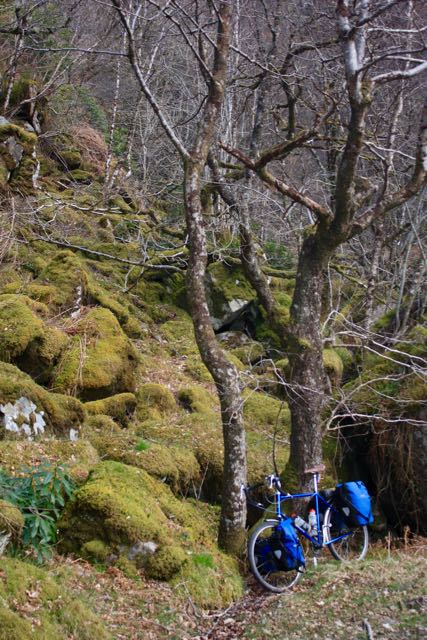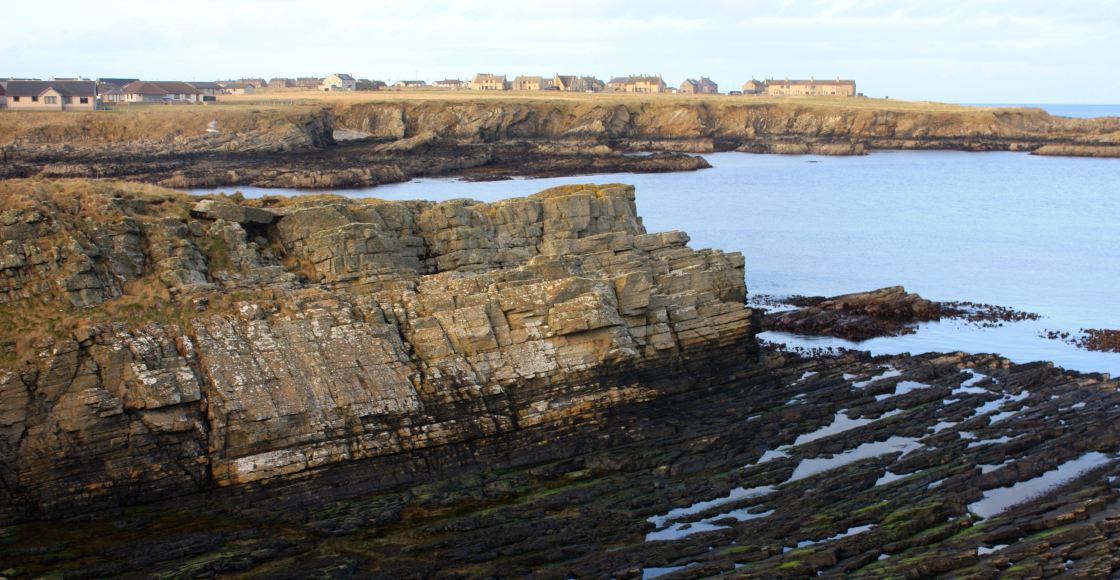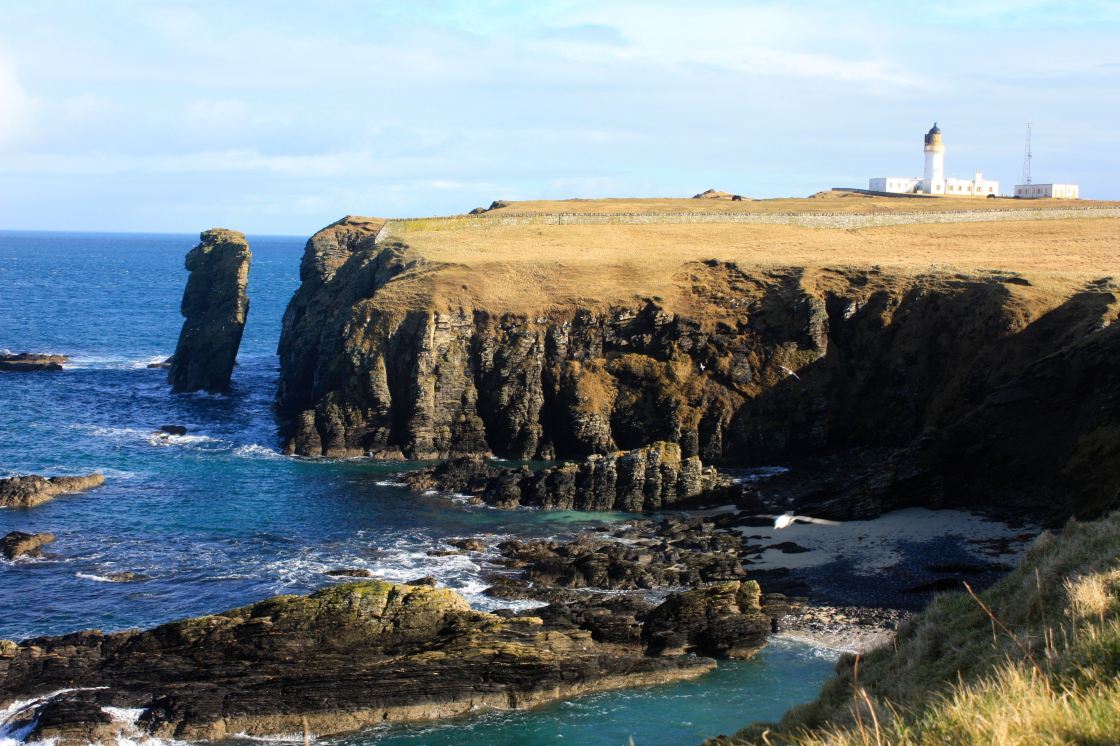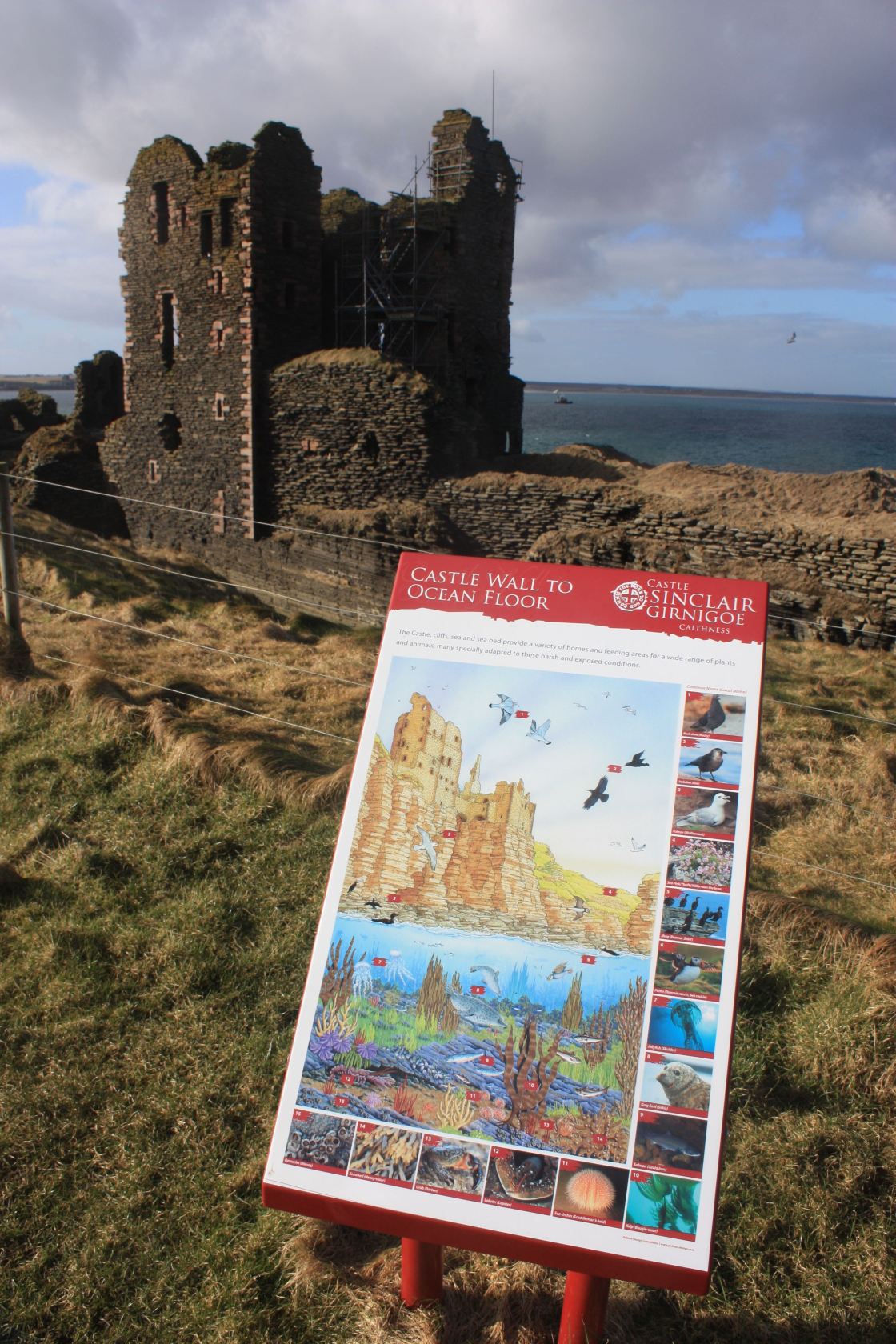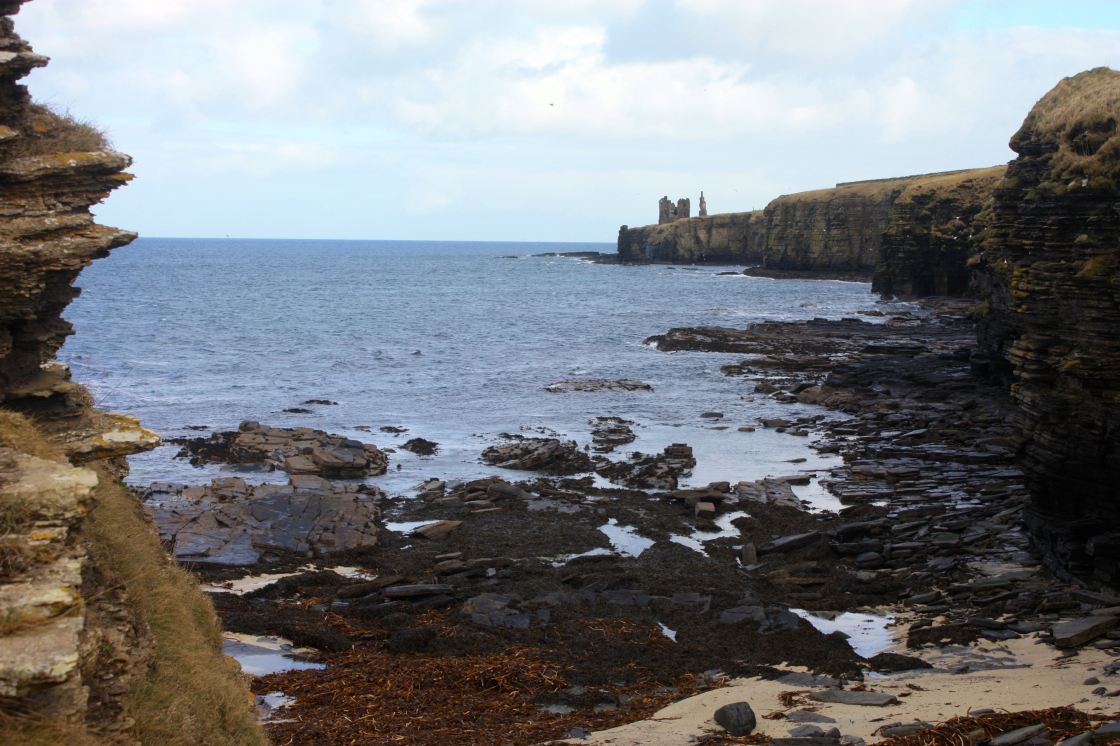 Volunteers are constructing a trail along the coast from Inverness to John o’Groats. The Trail will allow End to End hikers to avoid road walking in Caithness as well as opening up spectacular scenery to those of us with lesser ambitions.
Volunteers are constructing a trail along the coast from Inverness to John o’Groats. The Trail will allow End to End hikers to avoid road walking in Caithness as well as opening up spectacular scenery to those of us with lesser ambitions.
The Trail is not a path. Where landowners have given permission, stiles are being built but the underfoot conditions offer slow going. Tussocky vegetation and cows with calves in summer mean that the Trail is best undertaken in early Spring. March, when days start to lengthen, might be best.
Last weekend, I hiked the final two stages, from John o’Groats back to Wick, thoroughly enjoying myself in the process. My first wildcamp of the year also took place.
John o’Groats was much nicer than I remembered and surprisingly busy for April. Several other groups were hiking towards Duncansby Head and, at the Bay of Sannick, a man was flying a drone. He was photographing a seal from a respectful distance but the seal was fascinated by the drone and craned its neck for a better view.

Once past the Stacks, I left other walkers behind and headed along a path through heather over the Hill of Crogodale to Skirza. A road up from the quarry at Skippie Geo offered an alternative to the Trail. I’m not entirely convinced that my conscientious line to Thistly Hill was rewarded. To be honest, the Haven of Skirza was a bit of a let down.
The lovely sands of Freswick Bay soon restored my spirits. Then the scramble by the mill at Freswick Mains gave a fun introduction to the next stretch of cliff, which has more than it’s fair share of ruined castles and brochs. It’s not a stretch to rush, which is a good job, because you can’t. Even in Spring, the vegetation makes walking a slow process. In fact, at Bucholly Castle, I was quite tired and gave some thought to pitching.
Just 9 miles in, I couldn’t bring myself to stop. As the best pitches were not quite flat, not quite dry and not quite out of sight, pressing on was the best option. A pork pie and a cinnamon bagel gave me the energy to continue.
After a messy corner next to a pig farm, the Trail eased and was very pleasant in front of the houses at Auckengill. This harbour, unlike Skirza’s, is a visual treat and, fanfare, there is a short path along to the Mervyn Tower monument and broch. More slow going near the quiet, main road led to the spectacular, cliff top ruins of Keiss Castle.

After two more brochs, I reached Keiss harbour, with its big, stone breakwaters and pretty, little boats. The old warehouse appears to be flats now. I didn’t look closely. Instead, I climbed the stairs up to the village green and made a complete hash of finding the path back to the beach. As my route was dreadful, I won’t describe it.
My excuse for the error was concern about the River of Wester. Tide out – it’s ankle deep. Tide in – chest deep. The tide had turned so, once on firm sand, I motored along Sinclair Bay. The bay is spectacular and popular. Walkers could be seen in small groups right along the 3 miles of sand. I hurried past all of them and paddled straight through the river without needing to roll up my trousers.
Wick golf course looks a dream campsite and the clubhouse was closed but I had a sweeter, wilder pitch in mind so on I went. Through a field with sheep that followed me, by two camper vans at the end of a long, dirt track, past the very posh Ackergill Tower and into Ackergillshore via a children’s playground.
The light was fading fast as I finally pitched on perfect turf above the silver sand of a bay popular with eiders. ViewRanger claimed my 32km jaunt had included 1400 metres of climbing even though the Trail had never taken me above 80 metres. I slept well.
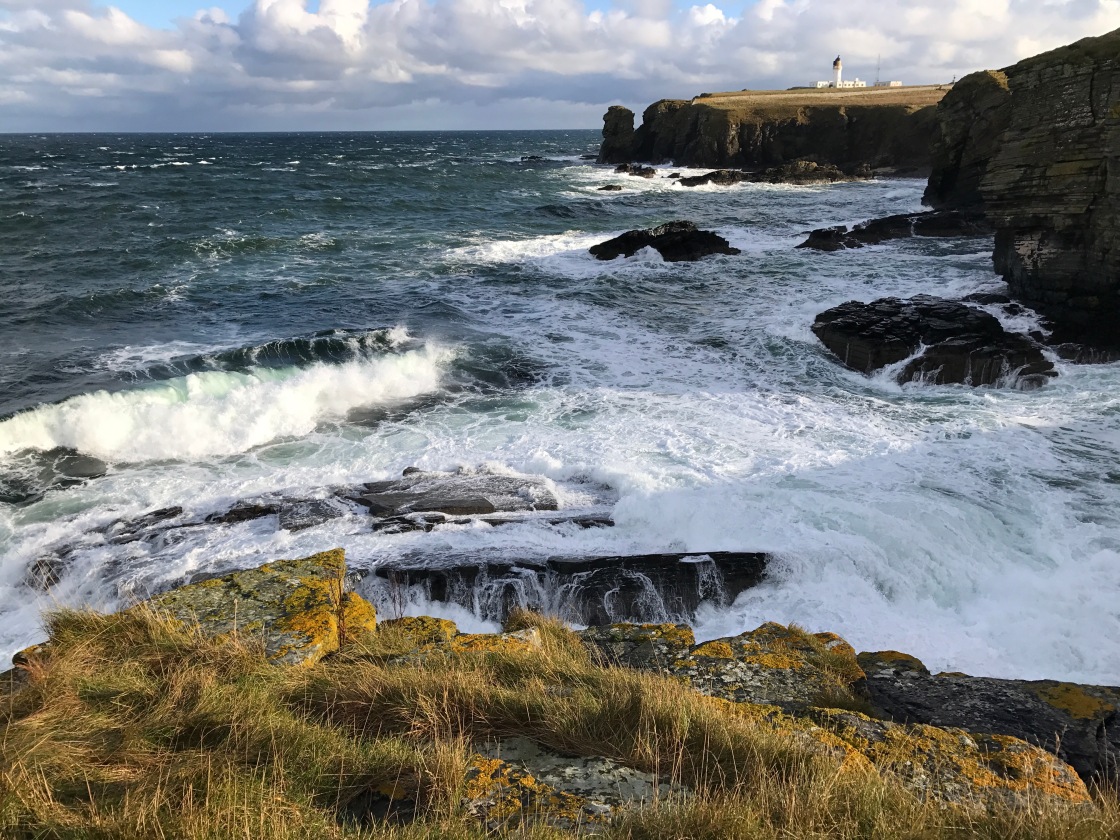
Next morning, my early start was rewarded with birdsong, notably from larks on land and eiders off shore. A short walk brought me to Girnigoe Castle and the best bit of the walk, around Noss Head. Numerous black guillemots added their squeaky whistle to the continuing bird chorus. Beyond the lighthouse, with all of the last stretch in view, I stopped for a second breakfast. While I enjoyed my final mini pie and bagel, a fishing boat clanked close by as a crab pot was lifted.
The alarm calls of oystercatchers and herring gulls around me suggested the birds here are more familiar with fishermen than with walkers. I hope the John o’Groats Trail encourages more walkers to enjoy this glorious coastline. My weekend hike was over but I’m giving serious thought to doing the entire Trail next year because the bits I’ve seen are excellent.
The Trail has its own website and WalkHighlands also has a complete description of the route. However, the most inspirational resource I’ve found is the Facebook page of Gavin Paul Bird. His Caithness Images, with drone footage of the Trail, are utterly seductive.
